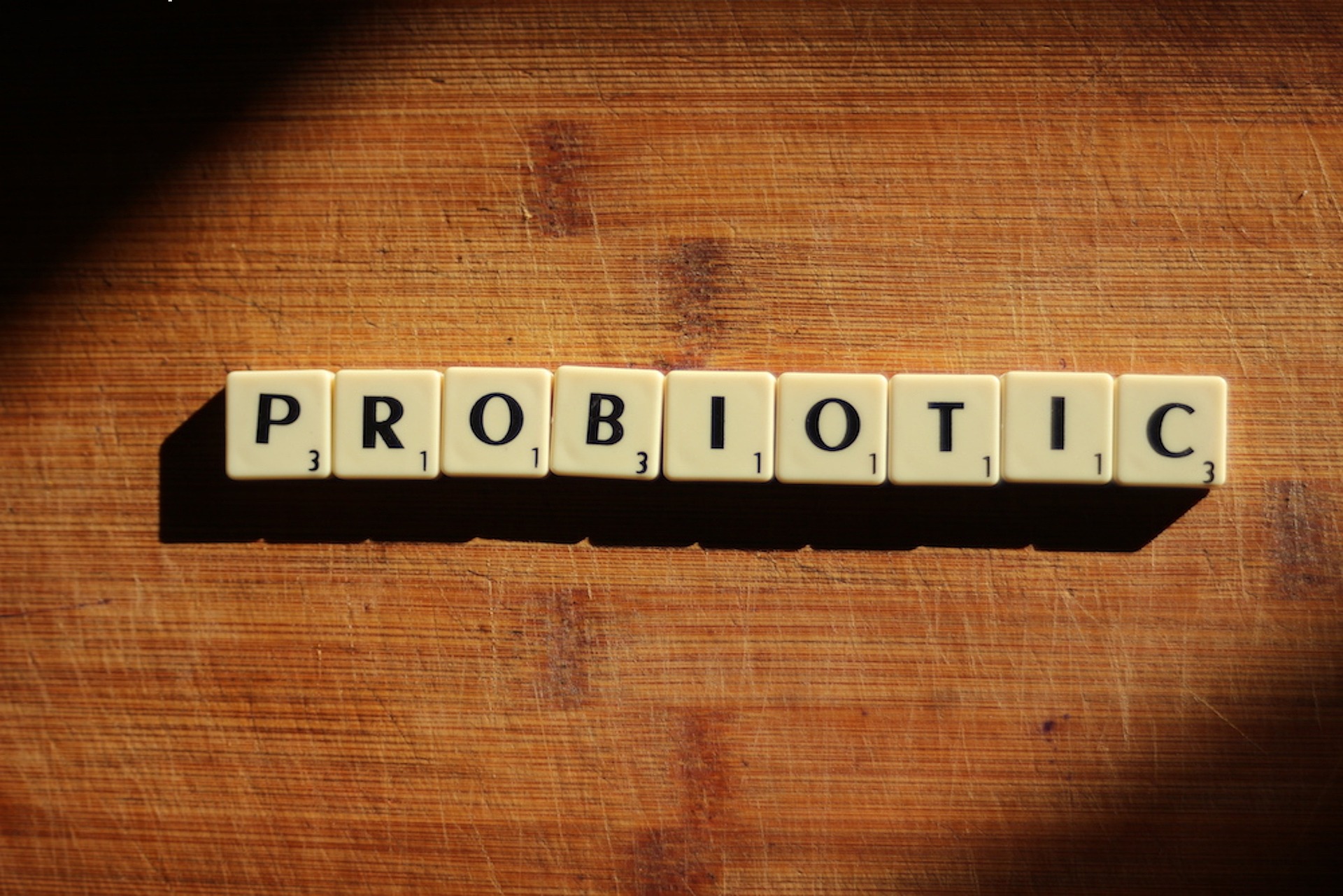Biohacking Synesthesia: Unlocking Hidden Sensory Potential
The human brain's capacity for sensory perception is vast and largely untapped. In recent years, a growing community of biohackers and neuroscientists has been exploring the fascinating realm of synesthesia - a neurological phenomenon where stimulation of one sensory pathway leads to involuntary experiences in another. Could we all possess latent synesthetic abilities waiting to be awakened? This article delves into the cutting-edge research and experimental techniques aimed at enhancing our sensory experiences through synesthesia biohacking.

The Neurological Basis of Synesthesia
Synesthesia occurs when there is increased cross-activation between brain regions typically associated with different senses. In synesthetes, neural pathways that are usually separate become intertwined, leading to blended sensory experiences. For example, in grapheme-color synesthesia, seeing numbers or letters triggers the perception of specific colors.
Neuroimaging studies have revealed that synesthetes show heightened connectivity between sensory processing areas of the brain. This suggests that we may all have the neural architecture for synesthesia, but in most people, these cross-modal connections remain dormant or inhibited.
Types of Synesthesia and Their Potential Benefits
There are over 80 documented forms of synesthesia, each offering unique perceptual experiences:
-
Chromesthesia: Associating sounds with colors
-
Lexical-gustatory synesthesia: Tasting words
-
Spatial-sequence synesthesia: Perceiving numerical sequences as points in space
-
Mirror-touch synesthesia: Feeling sensations that others experience
Research indicates that synesthesia may confer cognitive advantages, including enhanced memory, creativity, and sensory acuity. By tapping into these hidden sensory connections, we might unlock new realms of perception and cognition.
Biohacking Techniques for Inducing Synesthesia
While true synesthesia is thought to be largely innate, emerging evidence suggests that synesthetic experiences can be cultivated through targeted training and neurological stimulation:
-
Sensory Association Training: Repeatedly pairing stimuli from different senses (e.g., colors with musical notes) to forge new neural connections.
-
Mindfulness and Meditation: Practices that increase sensory awareness and neural plasticity may enhance cross-modal perception.
-
Neurofeedback: Using real-time brain imaging to train specific patterns of neural activation associated with synesthetic experiences.
-
Transcranial Direct Current Stimulation (tDCS): Applying weak electrical currents to targeted brain regions to modulate neural activity and potentially induce synesthetic perceptions.
-
Psychedelic Microdosing: Sub-perceptual doses of certain psychedelics have been reported to temporarily induce synesthesia-like experiences in some individuals.
The Science Behind Synesthesia Induction
Recent studies have demonstrated the potential for inducing synesthesia-like experiences in non-synesthetes. A 2014 study published in Scientific Reports showed that after just a week of associative training, participants began to experience subtle color sensations when viewing black and white letters.
Neuroscientists theorize that these induced synesthetic experiences arise from strengthening weak pre-existing connections between sensory brain regions. By repeatedly activating these pathways, we may be able to overcome the brain’s natural inhibitory mechanisms and unlock latent synesthetic potential.
Ethical Considerations and Future Directions
As with any form of cognitive enhancement, the prospect of artificially inducing synesthesia raises ethical questions. Critics argue that altering our natural perceptual processes could have unforeseen consequences for cognitive functioning and mental health. Proponents, however, see synesthesia biohacking as a means of expanding human consciousness and creativity.
Looking ahead, researchers are exploring the therapeutic applications of induced synesthesia, such as using color-sound associations to aid in language learning or leveraging spatial-sequence synesthesia for mathematical education.
Conclusion
The emerging field of synesthesia biohacking offers a tantalizing glimpse into the untapped potential of human perception. As we continue to unravel the mysteries of sensory processing, we may discover new ways to enrich our experience of the world around us. While much research remains to be done, the possibility of awakening our inner synesthete presents an exciting frontier in the realm of cognitive enhancement and sensory exploration.
Synesthesia Insights: Fascinating Facts and Practical Tips
-
Synesthetes often report that their perceptual experiences are consistent over time - a particular letter always evokes the same color, for instance.
-
Famous synesthetes throughout history include painter Wassily Kandinsky, musician Billy Joel, and physicist Richard Feynman.
-
Some researchers believe that we all experience synesthesia as infants, but most lose these connections as our brains develop.
-
Synesthesia runs in families, suggesting a genetic component to the trait.
-
Try this: Close your eyes and listen to a piece of instrumental music. Attempt to visualize colors or shapes that correspond to the sounds you hear.
-
Experiment with associating days of the week with specific colors. Over time, you may begin to automatically perceive these associations.
-
Practice describing sensory experiences using terminology from other senses (e.g., describing a texture as “loud” or a taste as “sharp”).
-
Engage in multi-sensory experiences like wine tasting or aromatherapy to heighten your awareness of cross-modal sensory interactions.
As we continue to explore the frontiers of sensory perception, synesthesia biohacking offers a compelling vision of expanded consciousness and enriched experience. By unlocking the hidden connections between our senses, we may discover new ways of perceiving and interacting with the world around us. While the journey towards induced synesthesia is still in its early stages, the potential for enhancing our cognitive and creative abilities through sensory cross-activation is truly exciting. As research progresses, we may all have the opportunity to see the world through the vibrant, interconnected lens of synesthesia.





